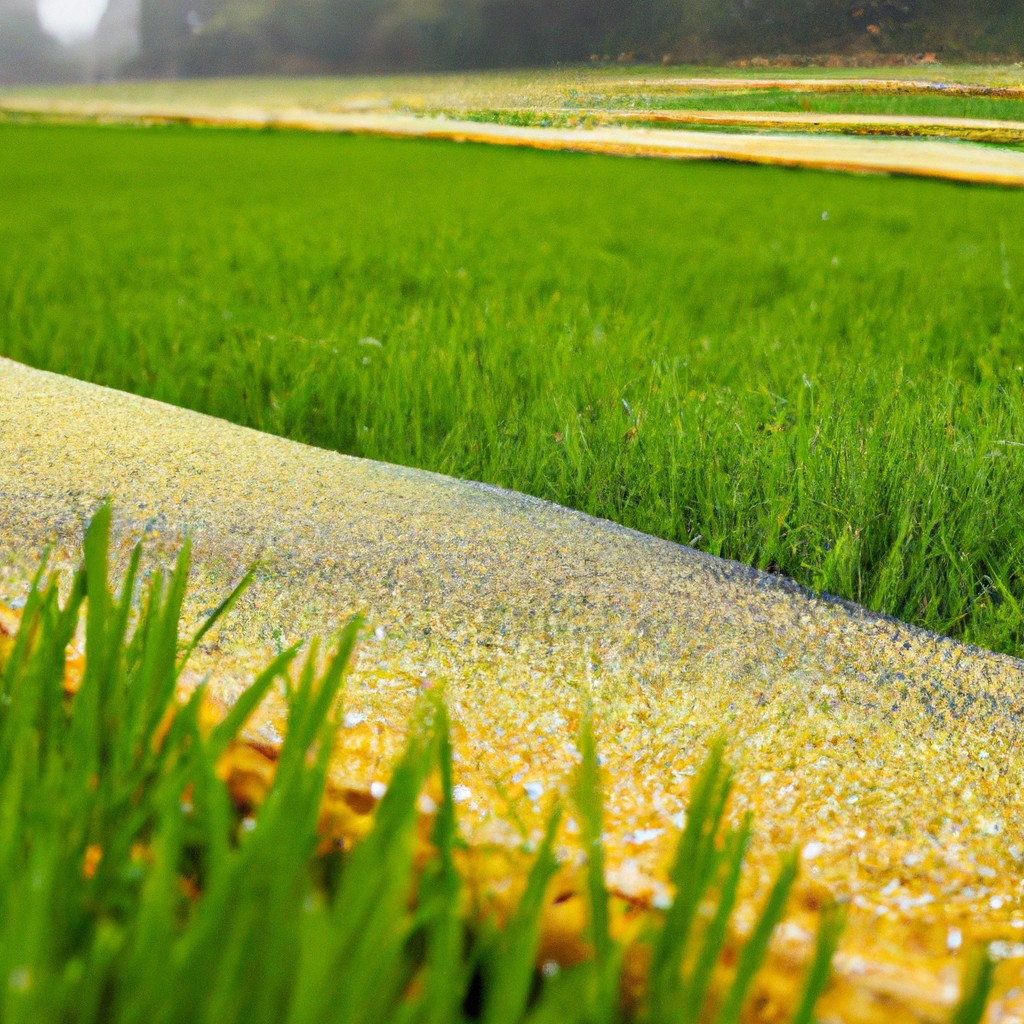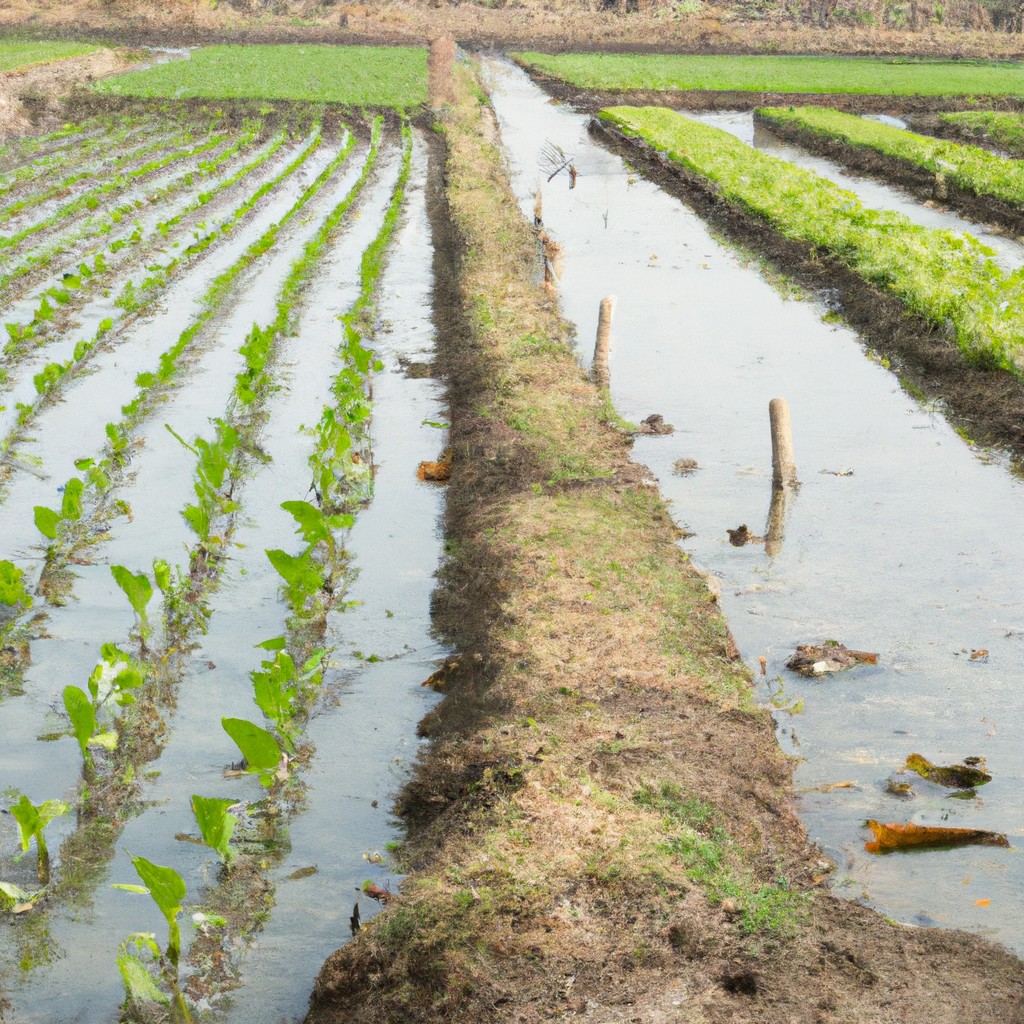This article provides insights into sustainable farming practices that contribute to environmental health, economic profitability, and social and economic equity.
Look Inside:
Sustainable Agriculture 101

Sustainable agriculture integrates three main goals: environmental health, economic profitability, and social and economic equity. A variety of philosophies, policies and practices have contributed to these goals, but a few common themes and principles weave through most definitions of sustainable agriculture.
Understanding sustainable farming begins with recognizing the interconnectedness of food production and the environment. It involves methods that do not deplete resources, such as soil and water, faster than they are replenished. Moreover, it must be economically viable so that it can endure over time, supporting farmers and the local economy.
Crop diversity is a hallmark of sustainable agriculture, as it leads to healthier ecosystems and reduces dependence on single cash-crops. Rotating crops and embracing diversity can prevent the spread of pests and disease, reducing the need for chemical interventions.
Soil health is fundamental in sustainable agriculture; maintaining and improving soil quality through practices like cover cropping, composting, and reduced tillage ensures long-term productivity.
Efficient water use is also crucial. Drip irrigation and rainwater harvesting are techniques often touted for their ability to provide adequate water for crops while conserving this precious resource.
Integration of livestock and crops can close nutrient cycles on a farm, leading to less reliance on synthetic fertilizers which are energy-intensive to produce.
Finally, sustainable agriculture seeks to foster local economies and communities. By supporting local food systems, it reduces the carbon footprint associated with long-distance transportation of food and helps to maintain local food security.
Importance of Sustainable Agriculture
Sustainable agriculture grounds itself in the necessity to maintain and improve the environmental health while also supporting the economic viability of farming and the social well-being of farmers and their communities. It aims to meet the needs of the present without compromising the ability of future generations to meet their own needs.
Environmental stewardship is a cornerstone, focusing on efficient use of non-renewable resources, maintaining the natural ecological balance, and conserving water, soil, and energy. By avoiding overexploitation and reducing chemical input, it mitigates pollution and preserves biodiversity.
On the economic front, sustaining profitable farming operations is vital. This involves optimizing productivity and fostering resilience against market and climate fluctuations. Diverse crop rotations and integrating livestock with crop production can enhance soil fertility, which in turn can reduce costs and increase long-term yields.
Sustainable farming also addresses social equity by improving the quality of life for farmers and farm workers. Fair labor practices, community engagement, and accessibility to healthy food contribute to the societal aspects of sustainability.
All of these objectives build towards a model of agriculture that can endure and thrive, ensuring food security and promoting a healthy environment for generations to come.
Sustainable Agriculture Practices
Crop diversification involves planting a variety of crops to improve soil health and reduce pest pressure. This practice promotes biodiversity, improves resilience against climate fluctuations, and can enhance productivity.
Integrated pest management (IPM) reduces the reliance on chemical pesticides by using a combination of techniques such as biological control, habitat manipulation, and appropriate planting practices to manage pest populations at an acceptable level.
Conservation tillage, including no-till or reduced tillage methods, helps to maintain soil structure, reduce erosion, and increase water retention. This approach minimizes the disturbance of the soil, thereby protecting beneficial soil organisms and reducing fuel and labor costs associated with conventional plowing.
Cover cropping with plants like legumes, grasses, or small grains between main crops guards against soil erosion, adds organic matter to the soil, and suppresses weeds. These crops can also enhance soil fertility by fixing nitrogen from the air into the soil.
Rotational grazing techniques involve moving livestock between pastures to allow vegetation to recover, promoting soil health and pasture productivity. This practice mimics the natural movement of wild herbivores, reducing the need for supplemental feed and fertilizers.
Organic farming excludes synthetic inputs for pest control and soil fertility, relying instead on compost, green manure, and crop rotations to maintain healthy soils. This method enhances ecological balance and reduces pollution from agricultural inputs.
Water conservation methods such as drip irrigation and rainwater harvesting improve the efficiency of water use in agriculture, reducing waste and helping farms adapt to drought conditions.
Renewable energy adoption on farms, like solar or wind power, decreases the carbon footprint of agricultural operations and reduces dependence on non-renewable energy resources.
Food and Agricultural Policy
National governments often establish policies aimed at shaping the agricultural landscape. These policies can incentivize or penalize practices, influencing the economic viability of sustainable farming methods. Subsidies for certain crops can lead to monoculture practices, while financial support for diverse crop rotations can promote soil health and reduce pests without synthetic chemicals.
Environmental regulation plays a crucial role in sustainable agriculture. Policies that limit pollution, restrict the use of harmful pesticides, and protect natural resources help create a regulatory environment where sustainable practices are not just encouraged but required for compliance.
Furthermore, research and development funding is a policy tool that can foster innovation in sustainable farming. This includes grants for developing new crop varieties better suited to organic farming or investments in research for natural pest control methods.
Trade agreements and tariffs also have a substantial impact. Import restrictions can protect local farmers from being undercut by cheaper, less sustainably grown imports, while export policies can create markets for sustainably grown products.
Urban planning and zoning laws influence the availability of agricultural land and the spread of urban agriculture. Policies supporting community gardens and urban farms can localize food systems and reduce transportation emissions.
Lastly, food labeling regulations ensure transparency, allowing consumers to make informed decisions. Labels like “organic,” “fair trade,” or “rainforest alliance certified” guide consumers who wish to support sustainable agriculture with their purchasing power.
Sustainable Agriculture Science
Sustainable agriculture science underpins the many practices used to maintain productivity while minimizing environmental impact. Core aspects include soil health, biodiversity, and ecosystem services.
Soil health is foundational to sustainable farming, focusing on preserving fertility and reducing erosion. Methods like cover cropping, reduced tillage, and composting enhance nutrient cycling and organic matter retention.
Biodiversity in farming systems promotes resilience. Diverse crop rotations and integrating livestock with crop production can suppress pests and diseases, reducing dependency on chemical inputs.
Ecosystem services, such as pollination by insects and natural water filtration by wetlands, are integral to agricultural sustainability. By conserving habitats and increasing on-farm plant variety, farmers can support these services.
Through research and technological innovation, farmers can adapt to climate change. Improved crop varieties resistant to drought, heat, and disease, and precision agriculture techniques to optimize resource use, are examples of scientific advancement in action.
Collaboration among scientists, farmers, and industry professionals accelerates the development and adoption of sustainable practices, ensuring the continuous improvement of the agriculture sector for future generations.




